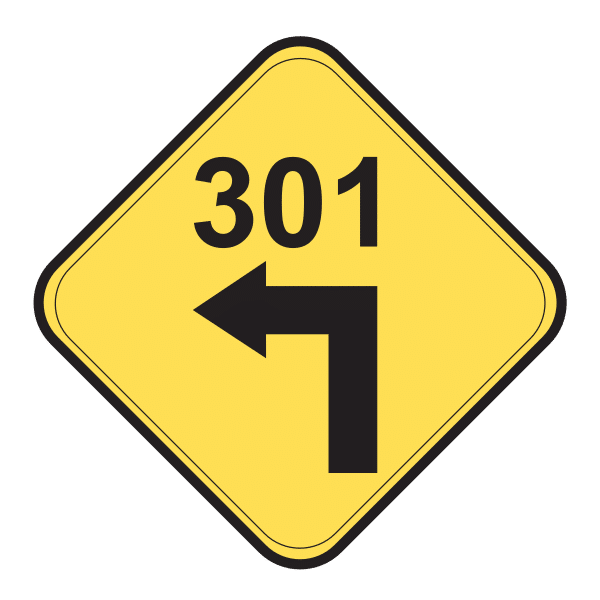Content marketing, search engine optimization (SEO) and web design capabilities are ever-evolving. A law firm might have a website for only a couple of years before a design change is needed to add up-to-date content and increasingly new and advantageous functionalities. Along the way, mishaps such as broken links, known as a 404 error, can be quite common in a page or site redesign or migration. 404 errors are troublesome if multitudes show up, and can have costly repercussions on your SEO endeavors. The reason 404 errors penalize your rankings on search engines is because when users go to a page that is broken, it gives them a poor user experience. A search engine crawler will also scan the broken page, and see no content or optimization on the page. In order to remedy 404 errors, one way is to redirect the broken page to a page that is live, functions as intended, and gives the user a positive experience.
There are other reasons for wanting to redirect, such as if you’re using a new website with a different domain name, a page with a different URL, or even if the current page is under construction or maintenance.
There are also different redirect codes that should be applied for various situations, with the most popular code being 301. It is important to know which redirect code to apply, because they can have SEO benefits when applied correctly, and negative consequences when incorrectly used.
300 - Multiple Choice
A 300 redirect would be used if the page has various options available, such as filename extensions and video formats.
301 - Moved Permanently
A 301 redirect is the most prominent of redirects. It tells search engines the old page has been transferred permanently. This will cause search engines to no longer index the original page. You would use this when a new page is created to replace the old one. Acquiring domains, whether they’re similar or misspellings of your law firm, and subsequently redirecting them to your main site is a popular move. 301s also transfer link equity to the new page. Link equity is the prominence a particular web page has, acquired through internal and external links. This is extremely important from a SEO perspective, you want the effects made on your old web page or site to be transferred to the new one.
302 - Moved Temporarily / Found
A 302 redirect tells search engines that the redirect they’re making is only for a short while, presumably because the original page is being worked on. A 302 will not pass link equity to the new page, a distinction that is important to remember. A grave mistake would be to use a 302 for a page you’re planning on redirecting permanently. You will lose all relevance and optimization the original page accrued, and the new page will have to start from baseline.
303 - See Other
The page you’re looking for is under another URL. The URL you’re looking for can be found using the GET method. GET is a type of HTTP request method.
304 - Not Modified
If a page is static, meaning no updates or changes are made on it, then a 304 should be used. This will tell search engines it is not necessary to crawl the page again, speeding up the indexing process.
305 - Use Proxy
When someone goes on a page with a 305, a proxy, usually given, must be used to access it. Most web browsers do not allow 305s, because of the security issues that come along with using a proxy someone else offers as mandatory.
306 - Switch Proxy
This is no longer in use. It used to be that if you’d like to see a particular page, a specific proxy would be needed.
307 - Temporary Redirect
Similar to a 302 redirect, except the HTTP request method cannot change.
308 - Permanent Redirect
Similar to a 301 redirect, except the HTTP request method cannot change.
Now that you understand the basic concepts of redirects, how do you actually go about implementing these codes? If you’re using WordPress, there are handy plugins that make it easy to apply redirects to the necessary pages.
A few to consider are:
• Safe Redirect Manager
• Redirection
• Simple 301 Redirects
• 301 Redirects – Easy Redirect Manager
If your website is not supported by WordPress, you will need to make the redirects directly on your server’s configuration file.
Dexter Tam is a Google Partner Certified SEM Specialist at Custom Legal Marketing.
